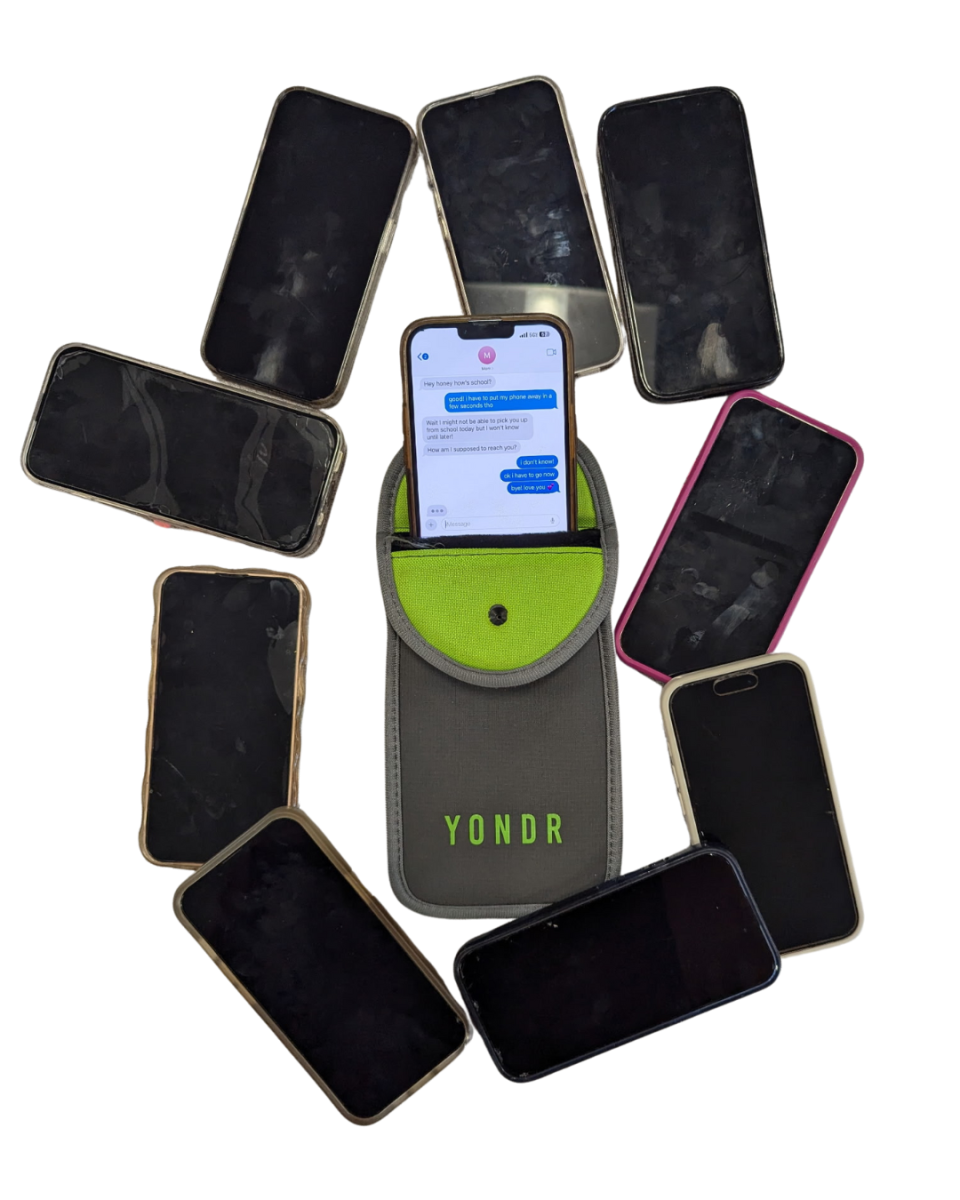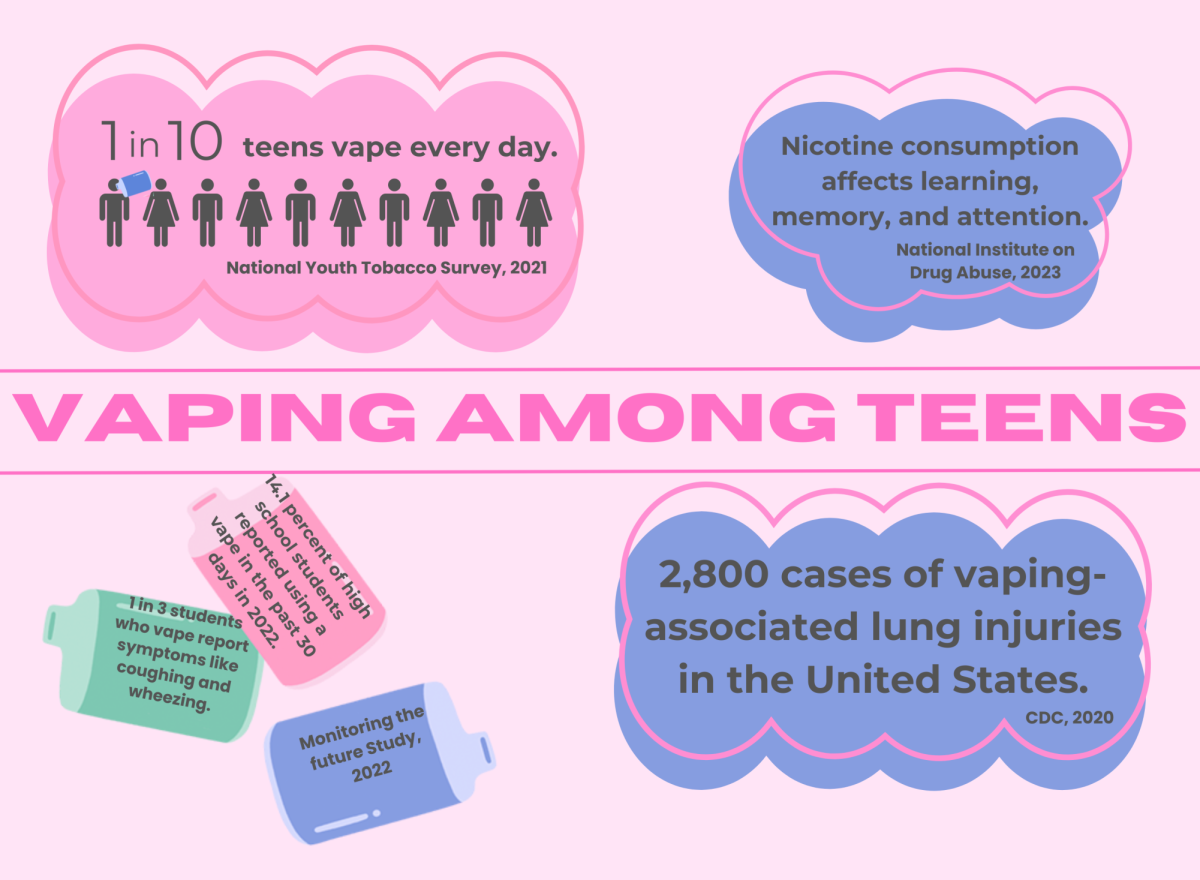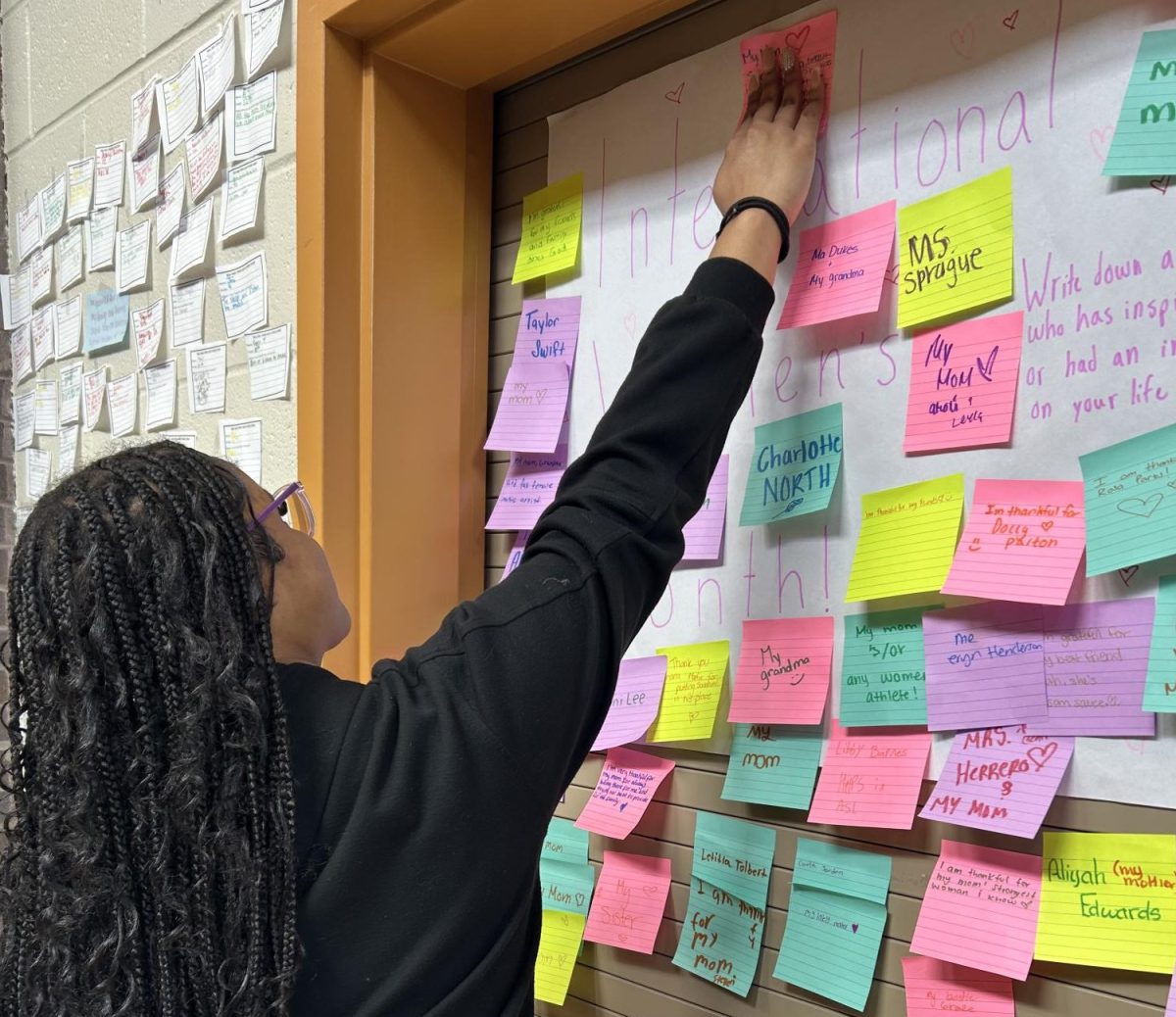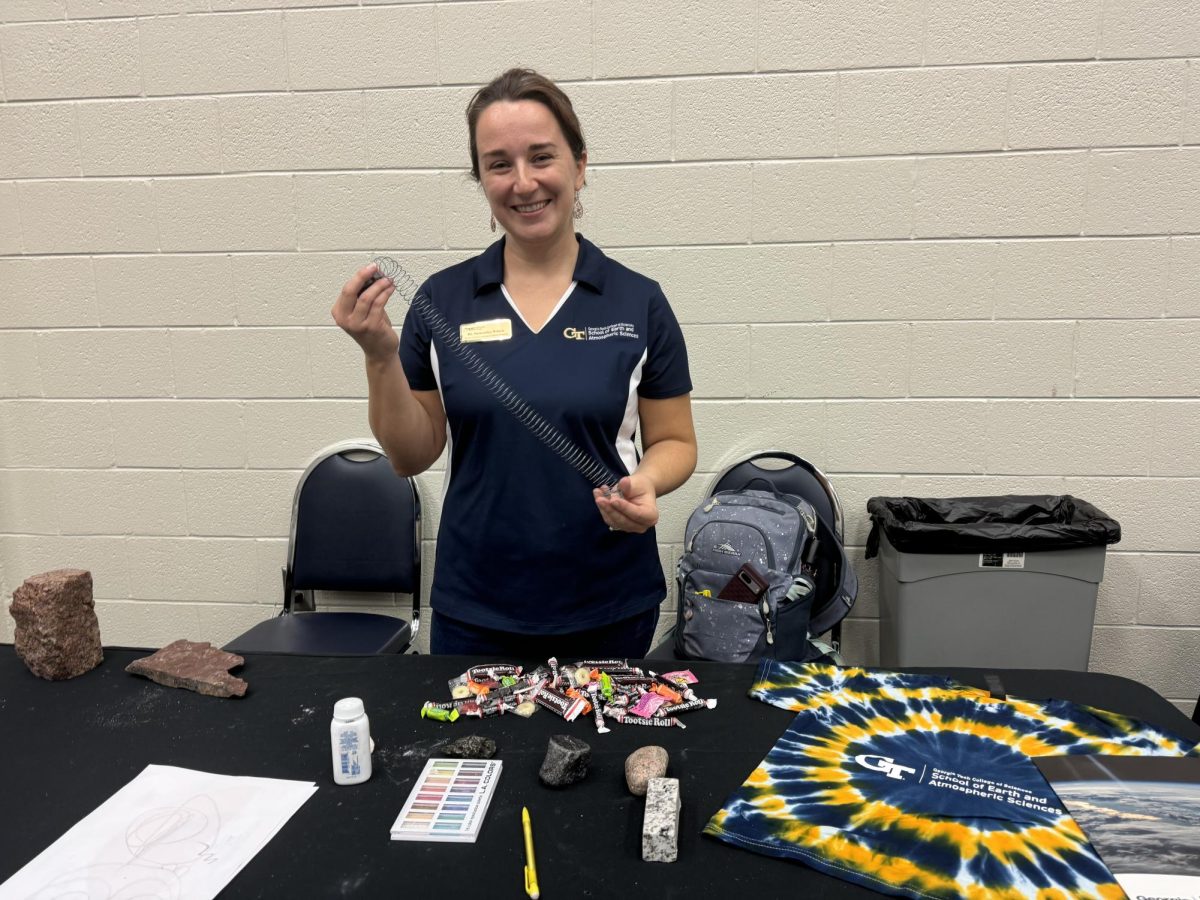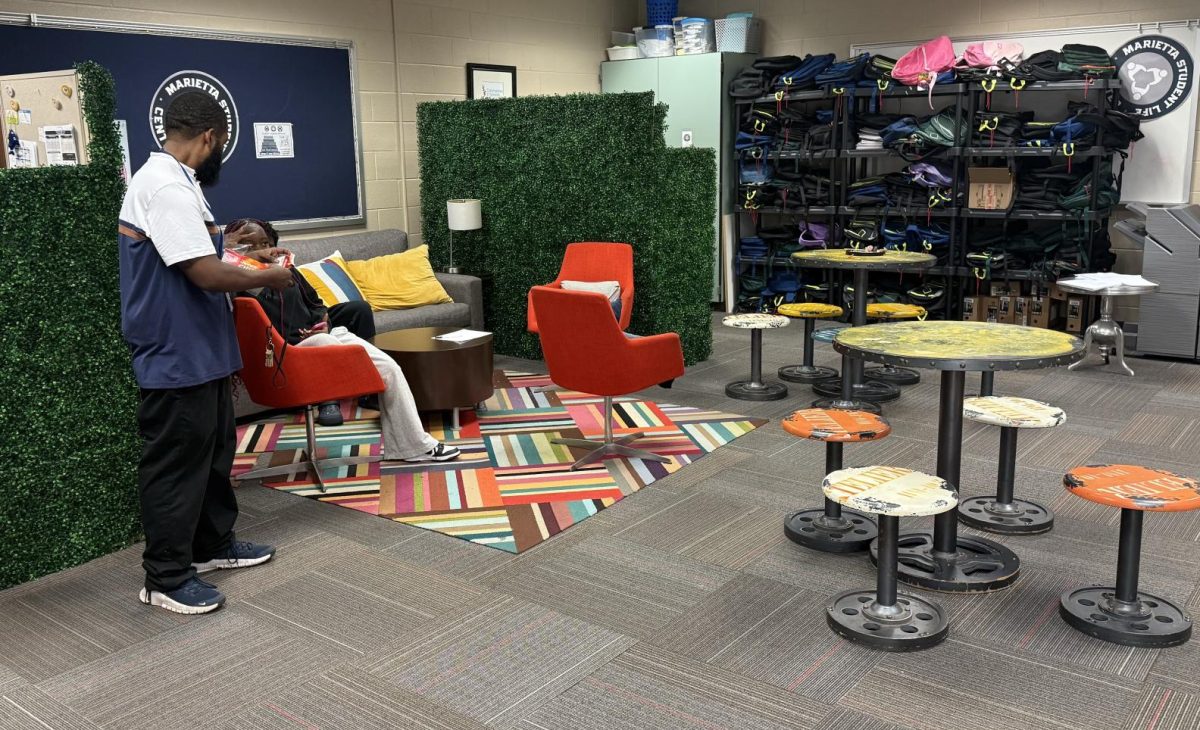According to the CDC, 2.25 million teenagers vape, and 7.8 percent of all high schoolers in the US regularly vape. At least 43 percent of all high schoolers have at least tried a vape. 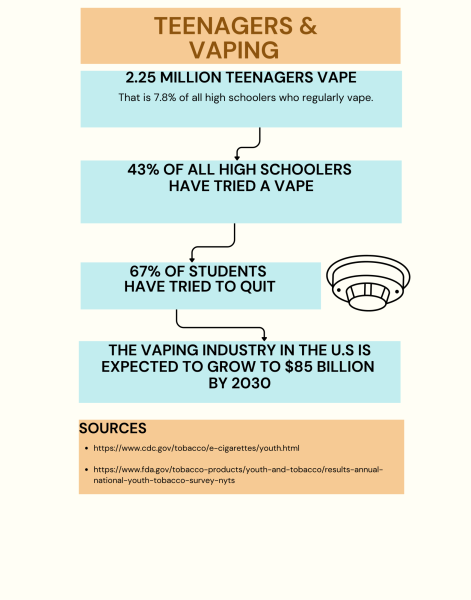
There were 39 vaping incidents last year at MHS. This was an increase from prior years, demonstrating the rising problem with underage vaping.
Students would complain about the smell of vaping in the bathrooms. Many would claim to being “hotboxed,” which is being in an enclosed area while exposed to the smell of the substance from others.
“Last year, I smelled a lot of weed coming from the bathroom. It was really strong,” Niyah White (11) said. “I couldn’t even use the bathrooms anymore.”
Vape dectectors were installed throughout the bathrooms on various Marietta City Schools campuses in an attempt to combat the vaping problem. The total cost was $60,000.
The e-cigarette industry is expected to grow up to $85 billion by 2028 according to the National Libary of Medicine, which is siginificantly higher than the vape detection industry, as it is worth up to $504 million according to Grand View Research.
According to Erin Franklin, the Chief Financial Officer for Marietta City Schools, the devices were paid with $50,000 of the total coming from a class action settlement, and $10,000 coming from the Department of Education.
Vape detector warning stickers were on bathroom walls the first day of school, Aug. 1, but the vape detectors were not installed in all the bathrooms at the high school until Aug. 20, three weeks after the school year started.
The brand used by Marietta is Halo. They have detecotrs in over 100,000 buildings, and the company was acquired by Motorola for $170 million.
Vape detectors are powered by different types of sensors which include gas, particulate, optical, chemical, or combination sensors. The sensors detect the different chemicals often found in vapes or E-cigarettes like nicotine and react to the abnormal levels of those chemicals in the air. The sensors are specifically designed for more precise decisions, as they differ from smoke dectectors. Once a substance is detected, an alert is sent to different adminstrators via email.
Not only do they detect vapes, but other substances like tobacco and perfume. Halo can also detect air quality, health index, and gunshots.
“Other than substances, the vape detectors can even dectect noise,” Jeffery O’Neal, assistant principal, said. “If it’s noisy in there, like a fight, we get alerts on that too,” O’Neal said. He believes this has decreased the amount of vaping at Marietta High School.
Because the vape dectectors can detect so much more than just vapes, there were concerns if Marietta’s administration is able to address the amount of alerts they recieve. However, according to Omar Feliciano, an assistant prinicpal and adminstrator at the high school, states the campus adminstrators take the vape alert system seriously and monitor the alerts.
Studies have been used to support the school’s plans of decreasing vaping. The district partnered with other school districts and conducted a pilot program during the spring.
So far, people have been caught with the detectors this year. However, there is no specfic data avaliable upon request.
“We do need to do a better job at collecting data, analyzing it, and seeing what areas we need to improve,” Feliciano said.
The consequences for being caught with illegal substances such as a vape start with seven days of out of school suspension and three days of in school suspension.
“A second infraction is an automatic expulsion,” O’Neal said. “Even for those with 504s and IEPs, the consequences do not change.”
All the changes the district put into place also involved criticism. Some people believe that the vape dectectors are not working, and were not worth the hassle or the money.
“The vape detectors are definitely not working,” Elijah White (9) said. He believes that others can still smell substances like vape or weed, and that students are still getting away with vaping in the bathroom without consequence.



